When Roberto Macri built his luxury hotel in the Kenyan coastal village of Kipini, it was about 100 meters from the beautiful waters of the Indian Ocean.
For nearly two decades, his business thrived as tourists arrived in droves to enjoy the pristine beach and sunny weather.
The Tana Lodge Hotel, built on sand dunes, offered spectacular views of the ocean.
But in 2014 people started to notice a change. Sea levels began to rise, and within five years, the hotel’s nine guest houses were swallowed by the sea – one after another.
“The ocean constantly changed and started to invade the hotel. The last country house standing was swallowed by the sea in 2019, marking the end of my glorious hotel,” Italian businessman Mr Macri told the BBC.
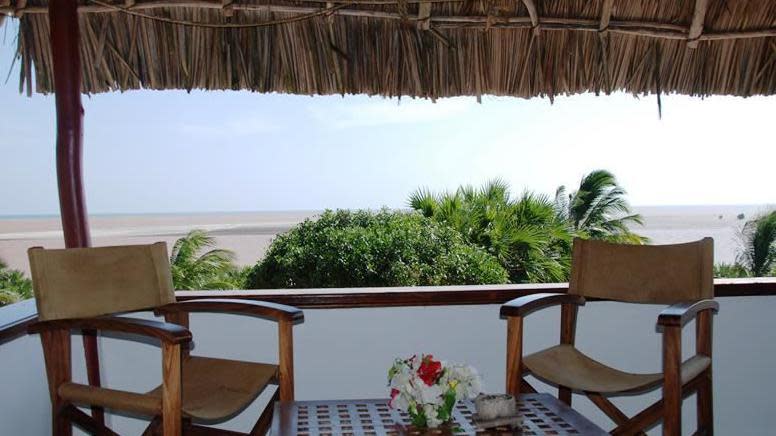
Now other residents of Kipini village, whose homes are located further behind the hotel, face the same prospect.
Kipini – built at the mouth of Kenya’s longest watercourse, the Tana River, which flows into the Indian Ocean – is one of several coastal villages that are slowly disappearing.
“The ocean is advancing every day and our homes are getting weaker. We are scared and distressed, but there is nothing we can do,” community leader Saida Idris told the BBC.
She said several people had died and an unknown number were missing after they were swept away by rising sea levels, along with strong winds and strong tides, especially at night.
Blame it on the depletion of mangrove forests along the coast – the coast’s main line of defense against erosion.
Mangrove forests are filled with salt-tolerant trees and shrubs that prevent seawater from washing into farmland, stabilizing soil that might otherwise wash away.
The cause of its disappearance appears to be a combination of deforestation by locals wanting the coveted hardwood – and rising sea water as a result of climate change, which scientists consider to be the main factor.
“The coast of Kipini is very exposed to the effects of strong winds that strengthen ocean waves,” explained George Odera, a scientist at Fauna and Flora, a nature conservation group.
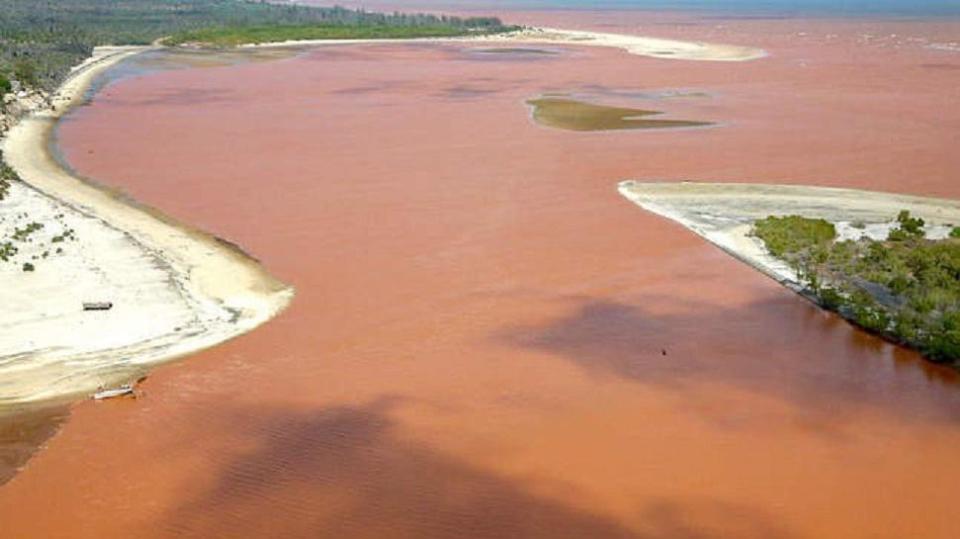

Kipini, with its welcoming palm trees and smells of spices and grilled seafood, evokes what every Kenyan imagines of laid-back coastal life.
But this idyll is under threat as sea water levels continue to rise.
According to Omar Halki, a local administrator, nearly 10 km (6.2 miles) of what used to be dry land has been swallowed by the sea in the last 10 years.
“It’s only a matter of time before the entire region is submerged,” he told the BBC.
Kipini has a population of around 4,000 people and residents told the BBC they could no longer dig or build solid foundations for their homes due to rising sea levels.
Some people in Kipini estimate that more than 1,000 people have moved to other villages in the last decade.
Most of the wells or boreholes that provided them with drinking water have now become saline, forcing them to look for alternative sources of drinking water.
Increasing salinity in groundwater has also severely affected agriculture.
Crabs and shrimps, which also served as a source of subsistence for local inhabitants, are now scarce as their breeding sites are within the mangroves.
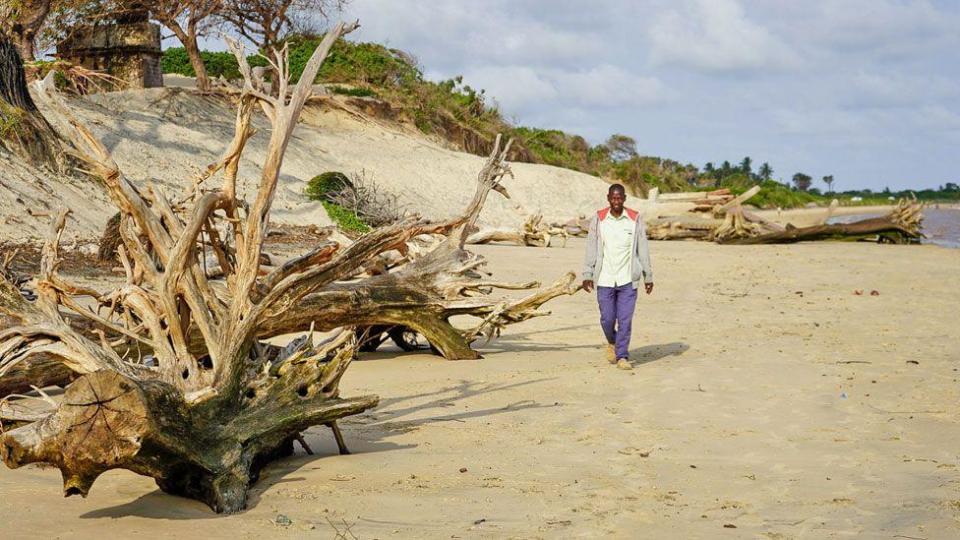

Rising waters have affected nearly every facet of life, including how people are buried.
“The graves are shallow because if we dig the recommended two meters, the dead will be buried in the water,” one resident told the BBC.
Kipini is in Tana River County, which is facing multiple climate emergencies – from severe droughts and water shortages in some places to flooding in others.
It is the first recorded case in the county of a village being hit by rising sea levels.
But some locals say the geography of the coast has always changed – pointing to how the small fishing community of nearby Ungwana Bay was devastated years ago.
Others say the Tana River may be changing course.
“Our ancestors showed us where the original canal used to pass,” resident Rishadi Badi told the BBC, explaining that he was told the river used to pass through Kipini generations ago.
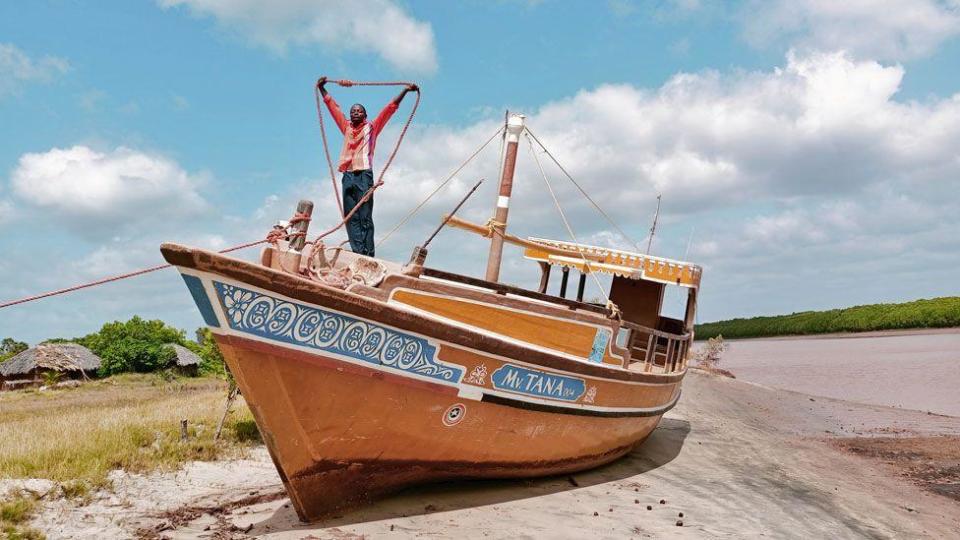

But Odera, who studies the calamity facing Kipini, puts the blame squarely on climate change.
“What is happening in Kipini is not history, it is a recent event and the bitter truth is that it is not getting better,” he said.
Local authorities intend to build a sea wall along the 72 kilometers of coast to save the village from further intrusions from the ocean.
Although authorities recognize that the situation is serious, the wall project has not yet started due to a lack of funds, says Mwanajuma Hiribae, a senior county land official.
“Seawater intrusion is a deeper problem affecting around 15 other villages and the county government alone cannot solve the problem,” she told the BBC.
Although she said the United Nations Environment Program and UN Habitat have expressed support for the wall project.
Similar walls were built at historic sites such as Fort Jesus in Mombasa and the Vasco Da Gama Pillar in Malindi, after rising sea water threatened these tourist attractions.
But climate experts say building a wall at Kipini is a “mechanistic solution” and that conservation initiatives such as restoring mangrove forests are needed.
“The sea is not something that the government will just wake up and stop. We need to help our communities adapt and become more resilient to these climate changes,” said Odera.
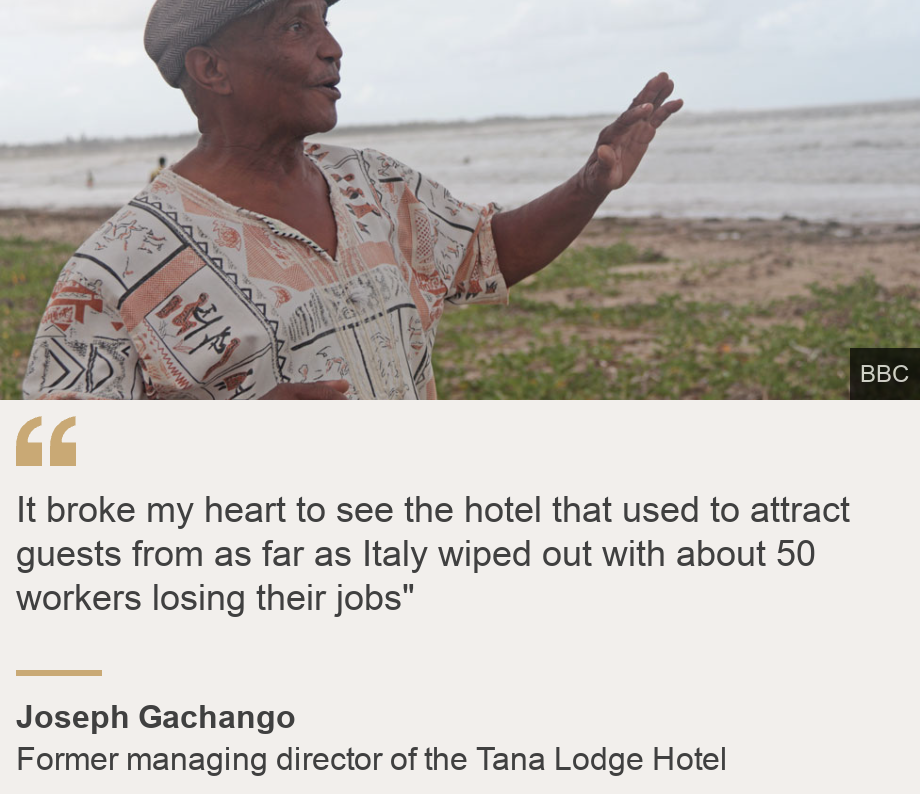

Local residents say they feel like temporary visitors in their own homes, walking to the shore every day to see how far the ocean has moved.
“If help does not arrive within three years, the entire Kipini region will be swallowed by the ocean,” Halki said.
For Macri, the whole situation has been devastating and he has now moved to the coastal town of Malindi, 170 kilometers (100 miles) from Kipini.
“The area was like gold – a calm village with beautiful dunes surrounded by coconut trees and historic buildings near the beach,” he said.
All that remains of his $460,000 investment is what used to be the manager’s house, located less than 50 meters from the sea and awaiting its fate.
Of the 10 acres (four hectares) where the hotel stood, four are completely submerged.
Macri is keeping the remaining six acres in hopes of returning and investing again once the ocean stops encroaching on the land.
Its former managing director, Joseph Gachango, is equally devastated.
“It broke my heart to see the hotel that used to attract guests from as far away as Italy being destroyed, with around 50 workers losing their jobs,” he said.
You may also be interested in:


Go to BBCAfrica.com for more news from the African continent.
Follow us on Twitter @BBCAfricaon Facebook at BBC Africa or on Instagram at bbcafrica




















/cdn.vox-cdn.com/uploads/chorus_asset/file/25560185/1453601450.jpg?w=300&resize=300,300&ssl=1)












